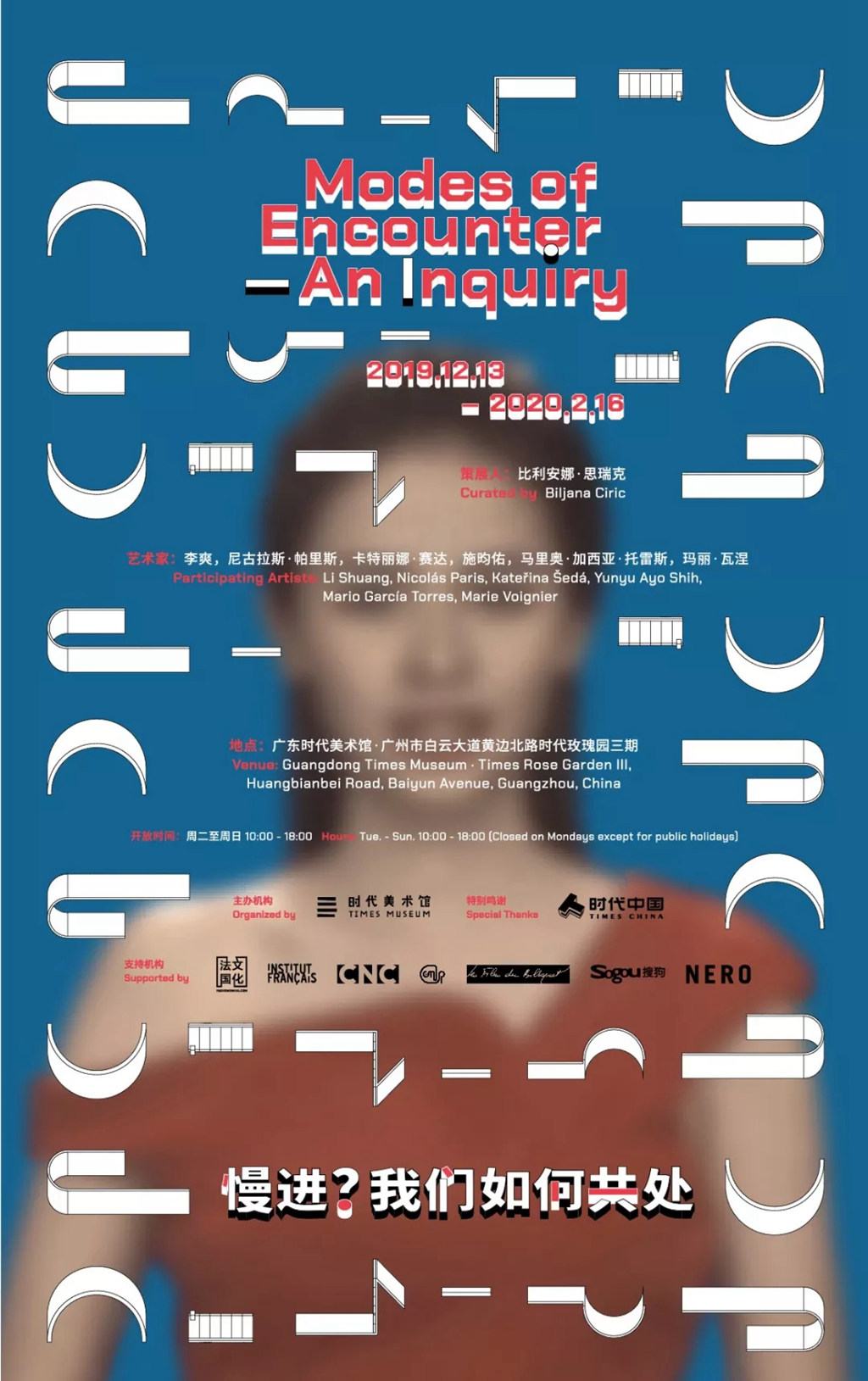
The institution of contemporary art, with its white cube delineations, perfectly differentiates between what is inside and what is outside of its parameters. Such spaces create a distanced gaze from the social and political realities that take place beyond its confines, protecting the “inherent” value of the art within the white cube. At the same time, with the transformation of our living conditions and relations—from the political, as citizens, and the environmental, as part of the human species, to members of the communities we each belong to—the rise of international institutions of contemporary art are failing to create the much-needed intimate spaces for their publics in response to these new challenges and orientations.
With all of this in mind, the exhibition Modes of Encounter: An Inquiry proposes to investigate our near future realities through a prism of our present encounters. Group of artists has been invited to conduct research and produce newly commissioned works over the period of the past two years. There was no given theme but through long term engagement they have been encouraged to adopt their own ways of thinking in relationship to China.
The invited artists come from different places, different geographies, and belong to different generations. But what has brought them together is a specific working methodology that generally requires time and appreciates the need for time to develop relationships through the process. Each of the projects over the course of the two years developed at very different speeds, and each of them produced their own dynamics.
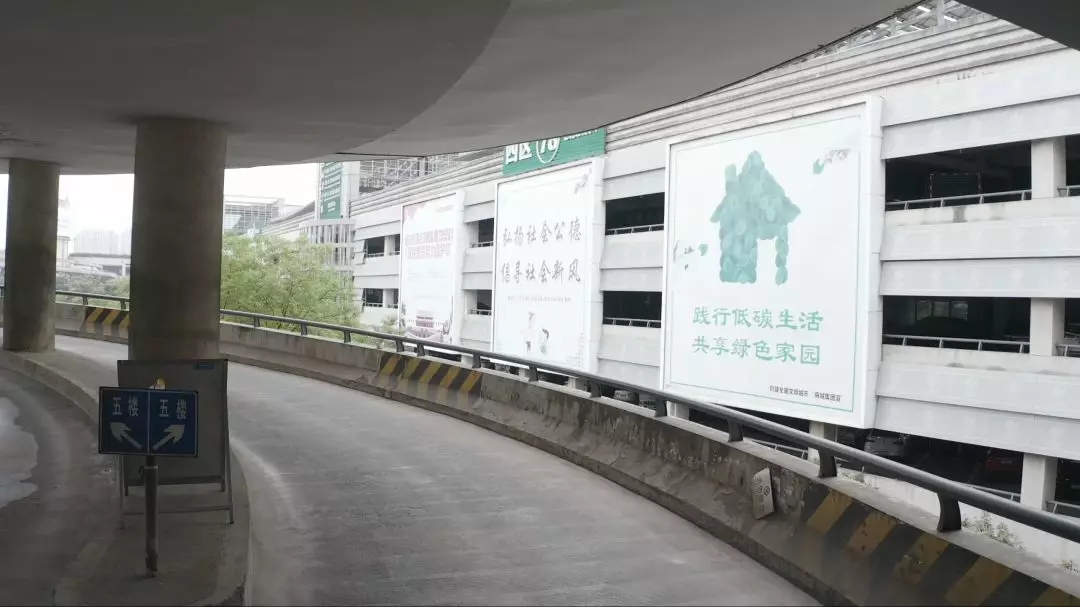
Li Shuang, I Want to Sleep More But by Your Side, 2018-193 channel 4k video, sound, broken mirror, mesh wire; 30 min; Music by Eli OsheyackCommissioned by Guangdong Times Museum for the exhibition Modes of Encounter: An Inquiry, curated by Biljana Ciric. Video still, image courtesy of the artist
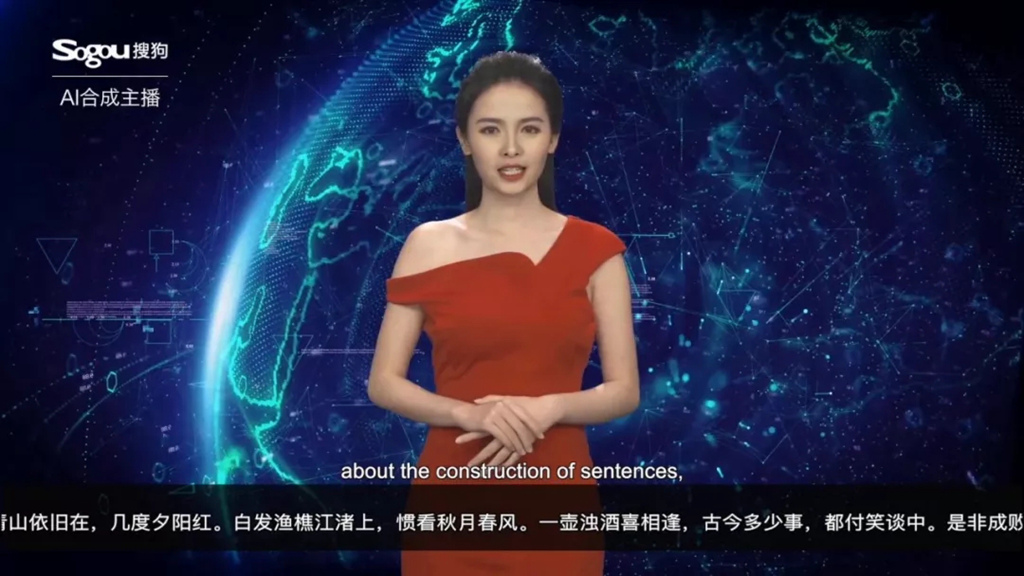
Mario García Torres, If Only I’d Thought of The Right Words Video installation, dimensions variable
Commissioned by Guangdong Times Museum for the exhibition Modes of Encounter: An Inquiry, curated by Biljana Ciric. Video still, image courtesy of the artist
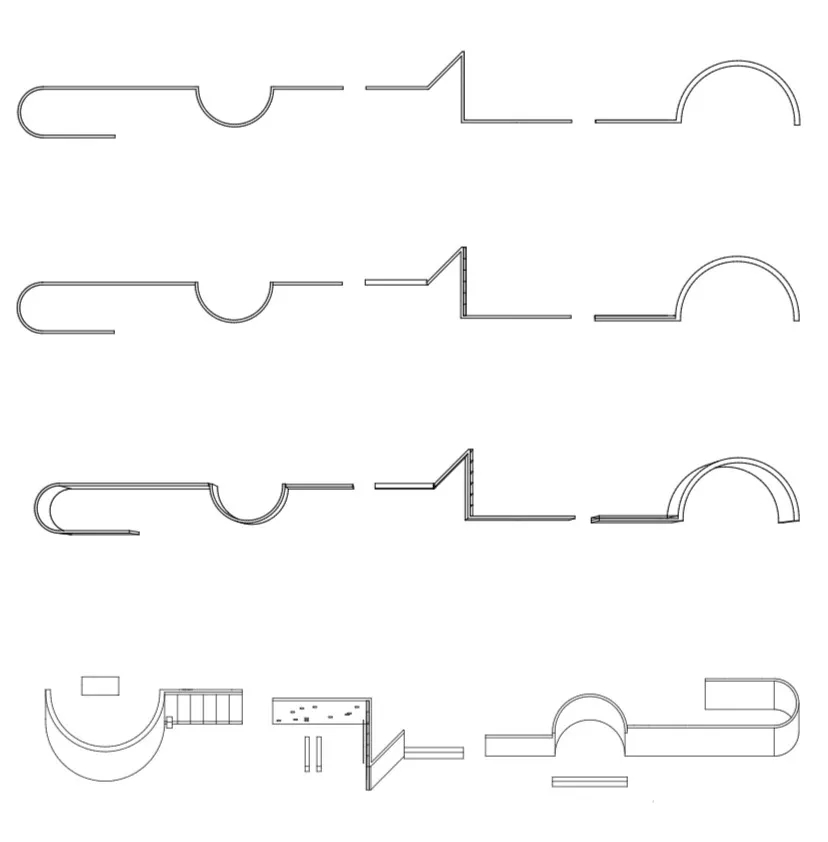
Nicolás Paris, Collective Ruins, 2019
Architectural intervention with different materials, times, activities and routes; dimensions variable Architectural development in collaboration with Santiago Buendía.
Commissioned by Guangdong Times Museum for the exhibition Modes of Encounter: An Inquiry, curated by Biljana Ciric. Image courtesy of the artist.
Thus, Modes of Encounter: An Inquiry proposes to reconsider how the museum can function as a site of production through the commissioning of new works, identifying this as an important part of its role. In light of the new conditions of production introduced by the commercial sector, art institutions miss out on the opportunities presented by artists who test and push boundaries through the production of new work, which is healthy both for the art and artist, but also for the institution. This inquiry into modes of encounter proposes to re-establish this relationship between artists and institutions, and to think of ways these relationships could evolve into the future, while also keeping in mind the long legacies of institutional critique. The relatively slow mode of working that underscores this exhibition serves also as a proposal for the institutions of the future, wherein long term commitment, the notions of care and weakness, become the key characteristics of an anti-patriarchal code of practices that operates in opposition to mainstream values founded on productivity as a core of capitalism. The set of inquiries determined by invited artists, curators, and museum teams—as well as their users—develops different processes that cultivate learning through an understanding that the discourse and the object are equally important.
Modes of Encounter: An Inquiry proposes to think about users rather than audiences within institutions. The space thus could become a classroom, a gathering space, or a shelter, depending on the ways that it is being used, and can also be a place where the public and private merge. This becomes all the more relevant as one considers how the public sphere is shrinking, and the private sphere will again become a new form of going public. These “gray spaces” are where art institutions can merge such spheres and be at the forefront of such developments.
This inquiry attempts to reflect on the temporality of the exhibition format and its inherent problematics, using its structure as a platform that enables ideas and actions to grow through different encounters beyond the exhibition’s frame, creating their own life cycles. The spatial design for the exhibition has been created in collaboration with artist Nicholas Paris, and in turn, in close dialogue with all of the invited artists. The design itself serves as an architectural and institutional intervention that explores the possibilities of the museum as a space of permanence, as a residual space.
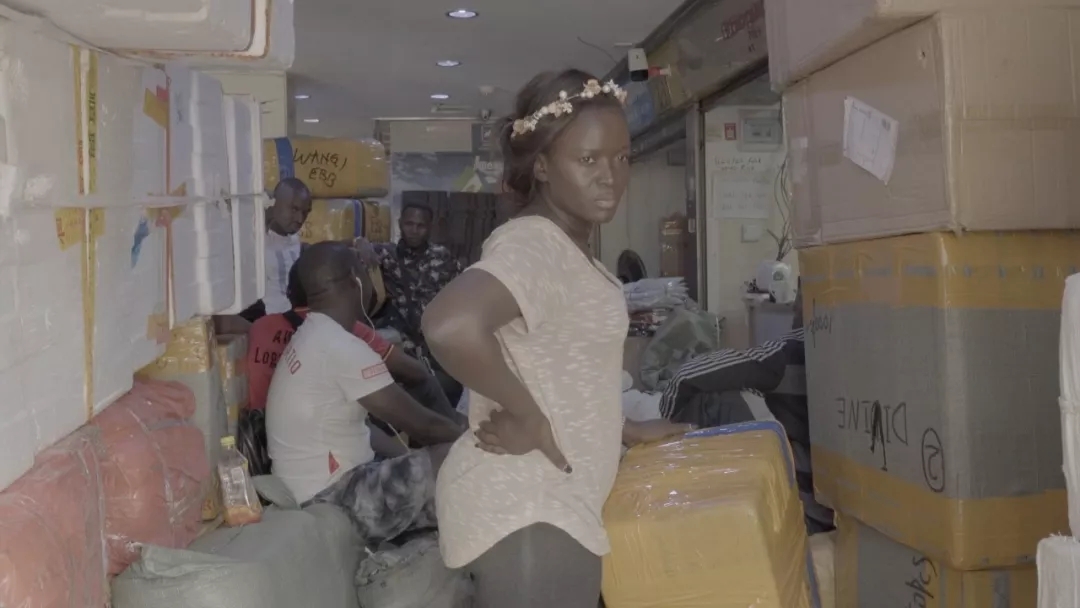
Marie Voignier, Na China, 2019HD video, 70 mins
Commissioned by Guangdong Times Museum for the exhibition Modes of Encounter: An Inquiry, curated by Biljana Ciric.
Video still, image courtesy of the artist
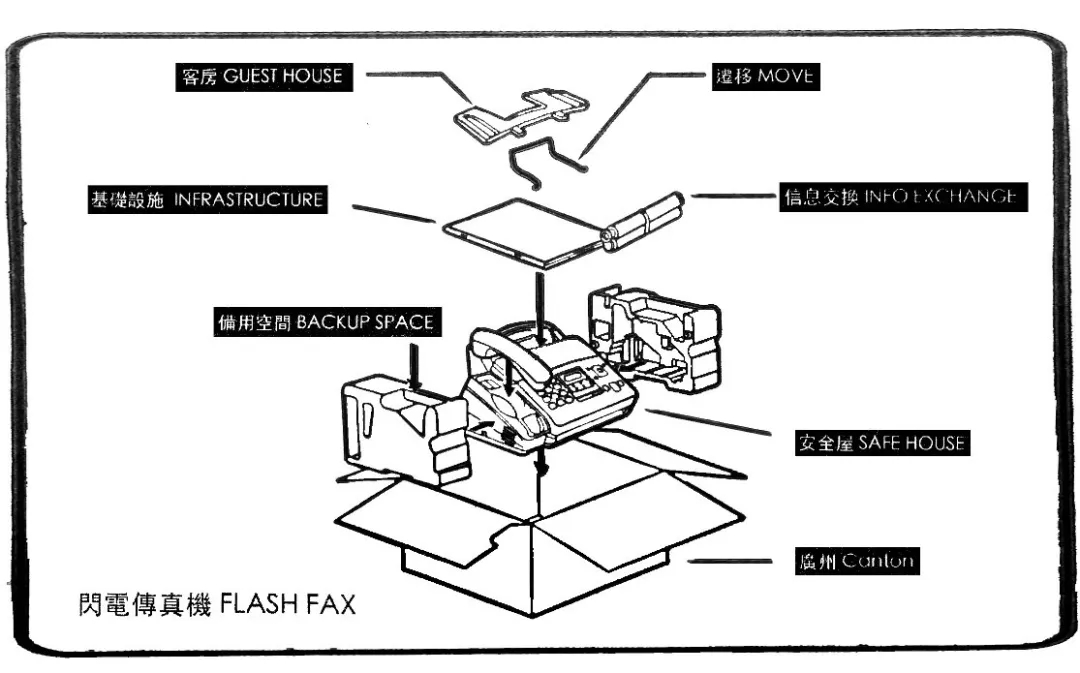
Yunyu “Ayo” Shih, in collaboration with Zhang Hanlu, Zhu JianlinFlash Fax, 2019-A guest room, fax machine, file cabinet
Commissioned by Guangdong Times Museum for the exhibition Modes of Encounter: An Inquiry, curated by Biljana Ciric.
Image courtesy of the artists
The artist Mario García Torres, in collaboration with the Chinese company Sogou Inc, has created the first AI anchor performance exploring how humans think and expand upon the idea of thinking. Marie Voignier presents her film detailing the realities of African female traders in Guangzhou, while also reflecting on the decline of Western influence in global markets and outlining the shape of a new geopolitics. The work by Kateřina Šedá challenges the growing trends of social isolation and loneliness, which future-oriented societies like China produce, and artist Li Shuang explores the current media landscape in both digital and physical terms, as well as the relationships we have nurtured and lost within these landscapes. Artist Yunyu “Ayo” Shih has been invited to contribute to an inquiry and together with two other practitioners—Zhu Jianlin and Zhang Hanlu—has developed the Flash Fax initaitive.
About the exhibition
Curator: Biljana Ciric
Dates: 2019-12-13 ~ 2020-02-16
Venue: 19F East Hall/ West Hall, Guangdong Times Museum Times Rose Garden III, Huangbianbei Road, Baiyun Avenue, Guangzhou
Artists: Li Shuang, Nicolás Paris, Kateřina Šedá, Mario García Torres, Yunyu “Ayo” Shih in collaboration with Zhu Jianlin and Zhang Hanlu, and Marie Viognier
Courtesy of Times Museum, for further information please visit www.timesmuseum.org.




























